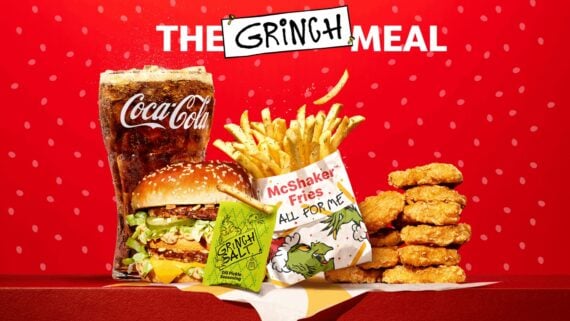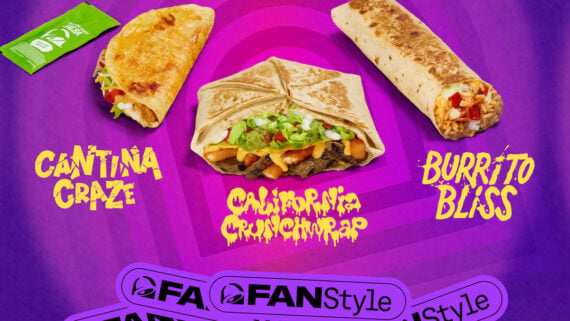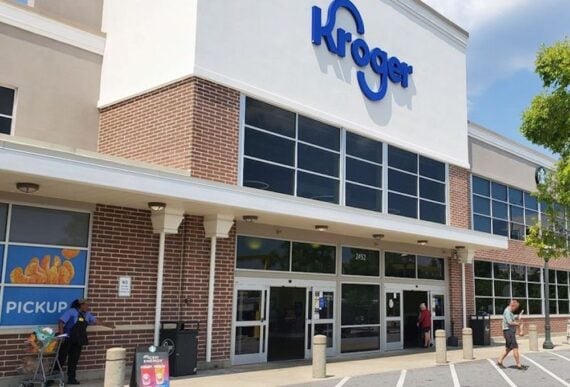If your snack drawer looks like a bag of highlighters, enjoy it while you can. The FDA just announced it would be phasing out petroleum-based synthetic dyes from the U.S. food supply by the end of 2026. This includes common additives like Red 40, Yellow 5, and Blue 1 — the dyes behind the bright colors in snacks, drinks, and cereals.
Here is everything you need to know.
What’s in the FDA’s Phase-Out Plan?
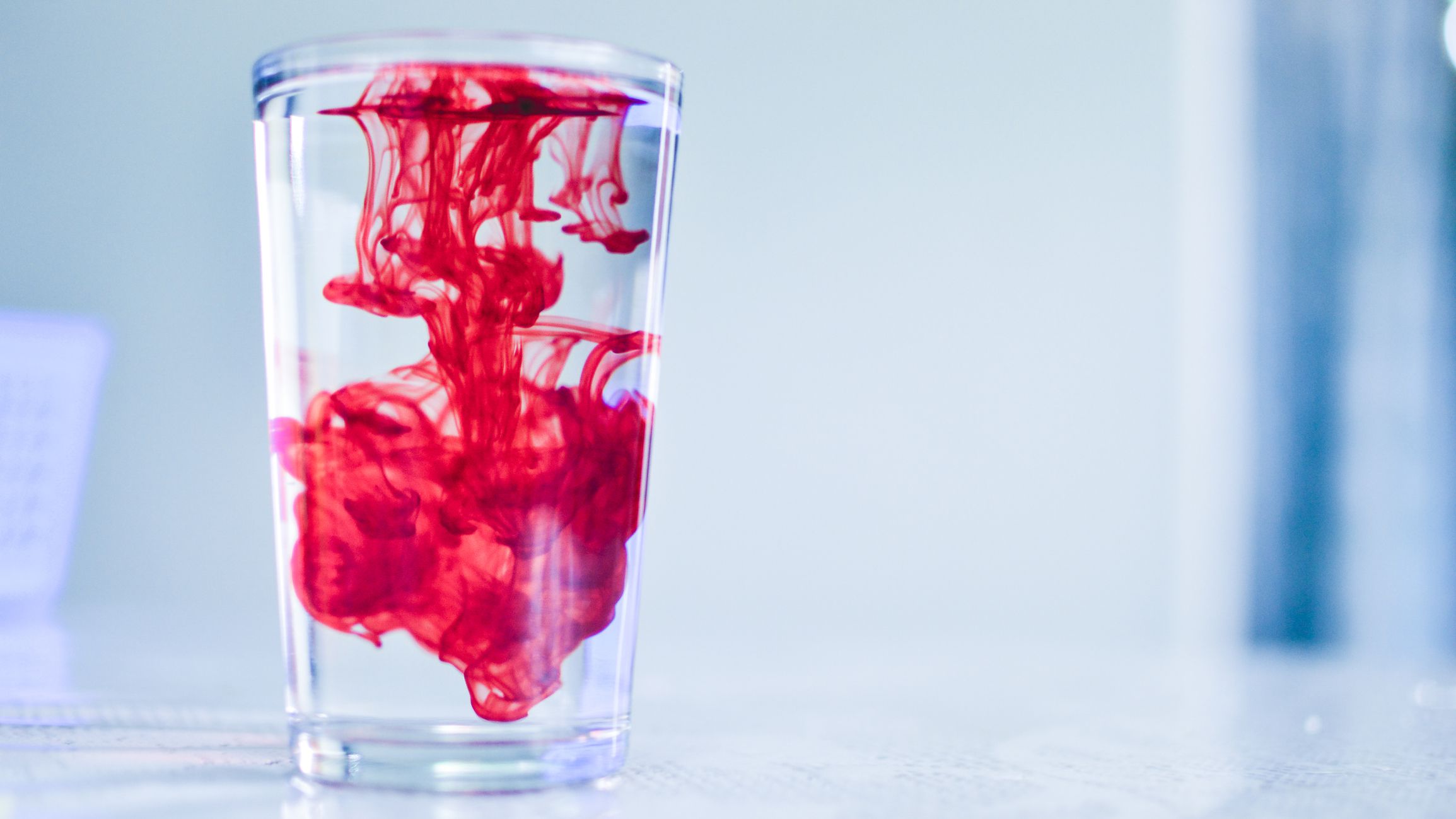
On April 22, The U.S. Department of Health and Human Services and U.S. Food and Drug Administration (FDA) issued a press release outlining a plan to eliminate nine synthetic dyes from food. That includes revoking authorizations for older additives, such as Citrus Red No. 2 and Orange B, as well as removing six dyes that are still in wide use.
“For too long, some food producers have been feeding Americans petroleum-based chemicals without their knowledge or consent,” said HHS Secretary Robert F. Kennedy, Jr. “These poisonous compounds offer no nutritional benefit and pose real, measurable dangers to our children’s health and development. That era is coming to an end.”
What’s Driving the Ban?

The decision follows long-standing concerns over possible health risks, especially for children, including links to hyperactivity and attention issues. While the science is still debated, the agency is taking a step toward what it calls a “precautionary” approach.
“We have a new epidemic of childhood diabetes, obesity, depression, and ADHD,” said FDA Commissioner Marty Makary, MD, MPH. “Given the growing concerns of doctors and parents about the potential role of petroleum-based food dyes, we should not be taking risks and do everything possible to safeguard the health of our children.”
What’s Being Phased Out?
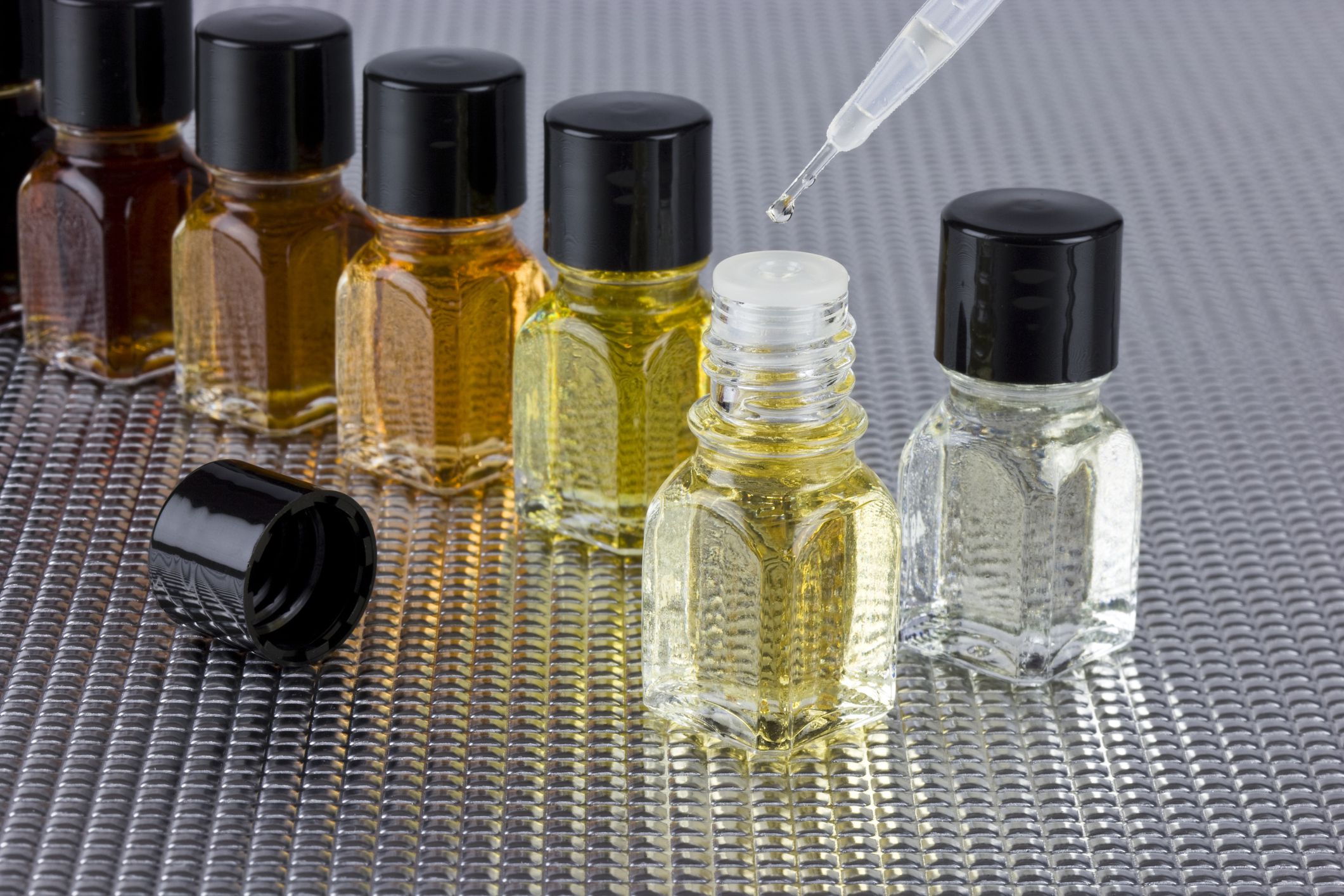
The red dyes on the phase-out list include:
- FD&C Red No. 3 (Erythrosine), banned earlier this year due to cancer concerns.
- FD&C Red No. 40, one of the most widely used food colorings.
- Citrus Red No. 2, used on orange peels.
- Orange B, historically used in sausage casings.
Where Do These Dyes Show Up?
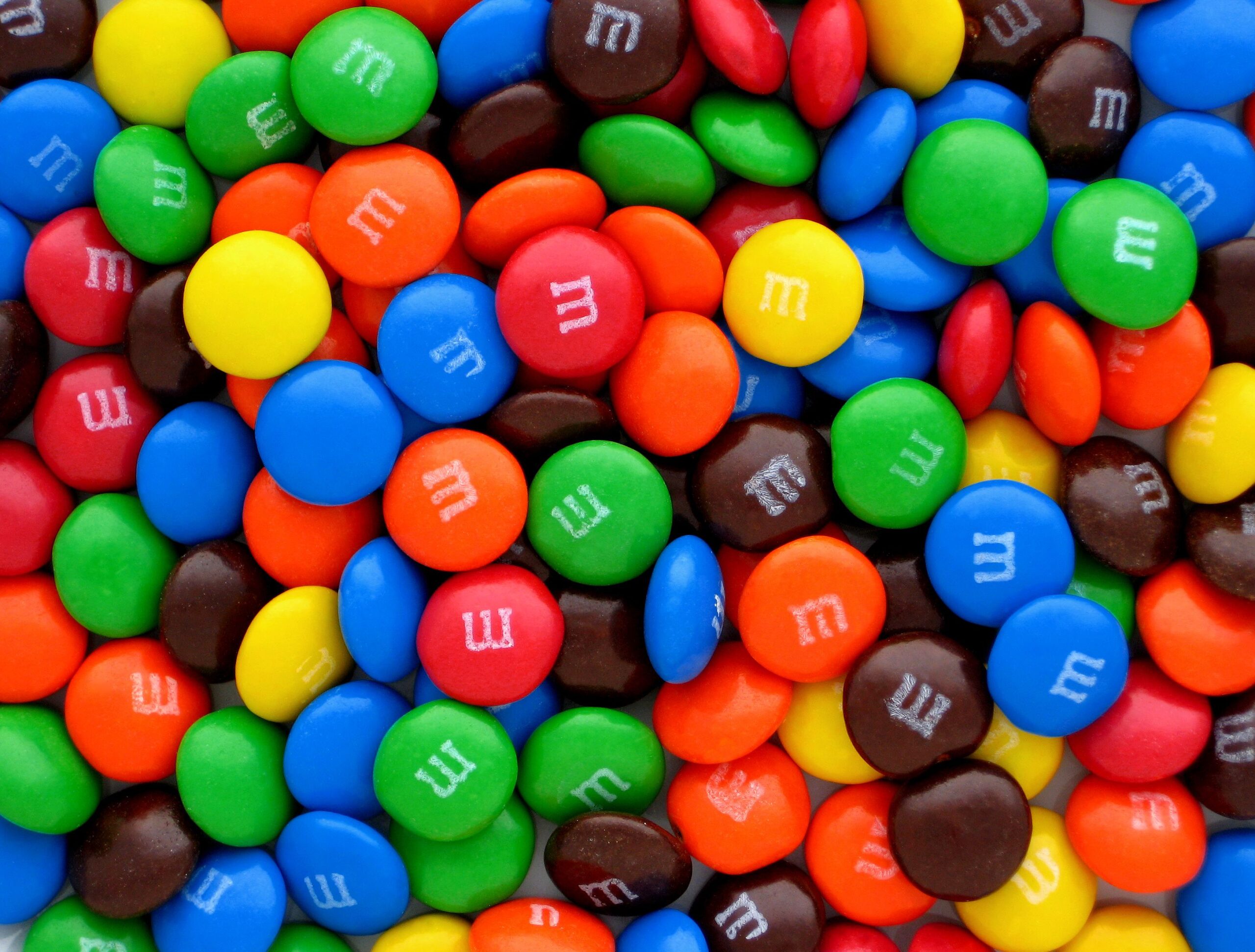
- Candies: Skittles, M&Ms, Pez, Ring Pops
- Snacks: Flamin’ Hot Cheetos, Doritos, Blue Takis
- Beverages: Mountain Dew Baja Blast, Gatorade, Kool-Aid
- Cereals and baked goods: Froot Loops, Pop-Tarts, Valentine’s Day cookies
In short, anything that is brightly colored and processed is likely to be affected.
What’s Next for Food Companies?
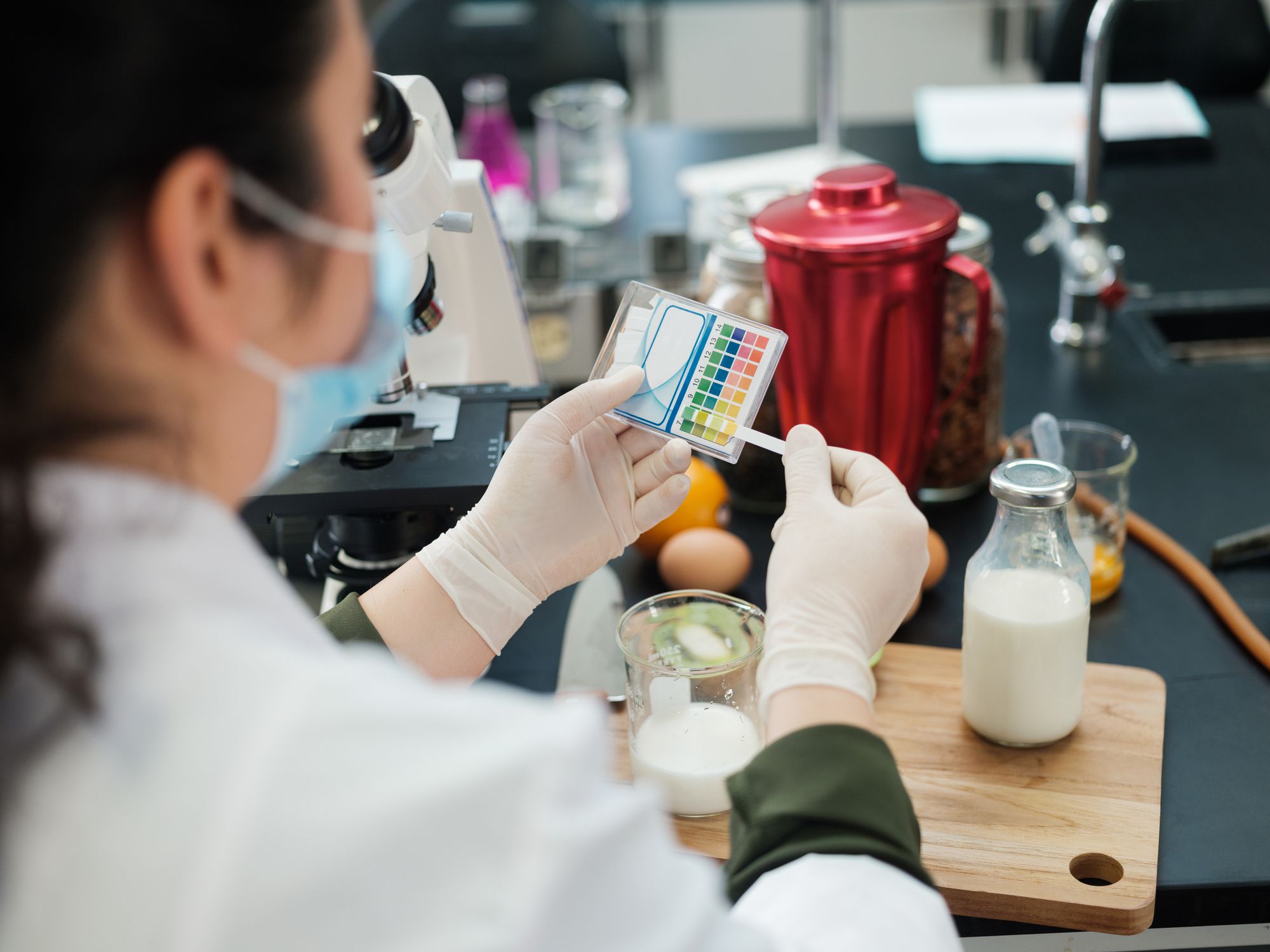
The FDA says this is just the start. In addition to authorizing new natural dyes like butterfly pea flower and gardenia blue, the agency is working with NIH researchers to better understand how additives like synthetic dyes affect public health.
While this move won’t solve the bigger issue of ultra-processed foods on its own, it’s a step toward cleaning up everyday products — especially those marketed to children. And if companies don’t get on board, regulation may not stay voluntary for long.

